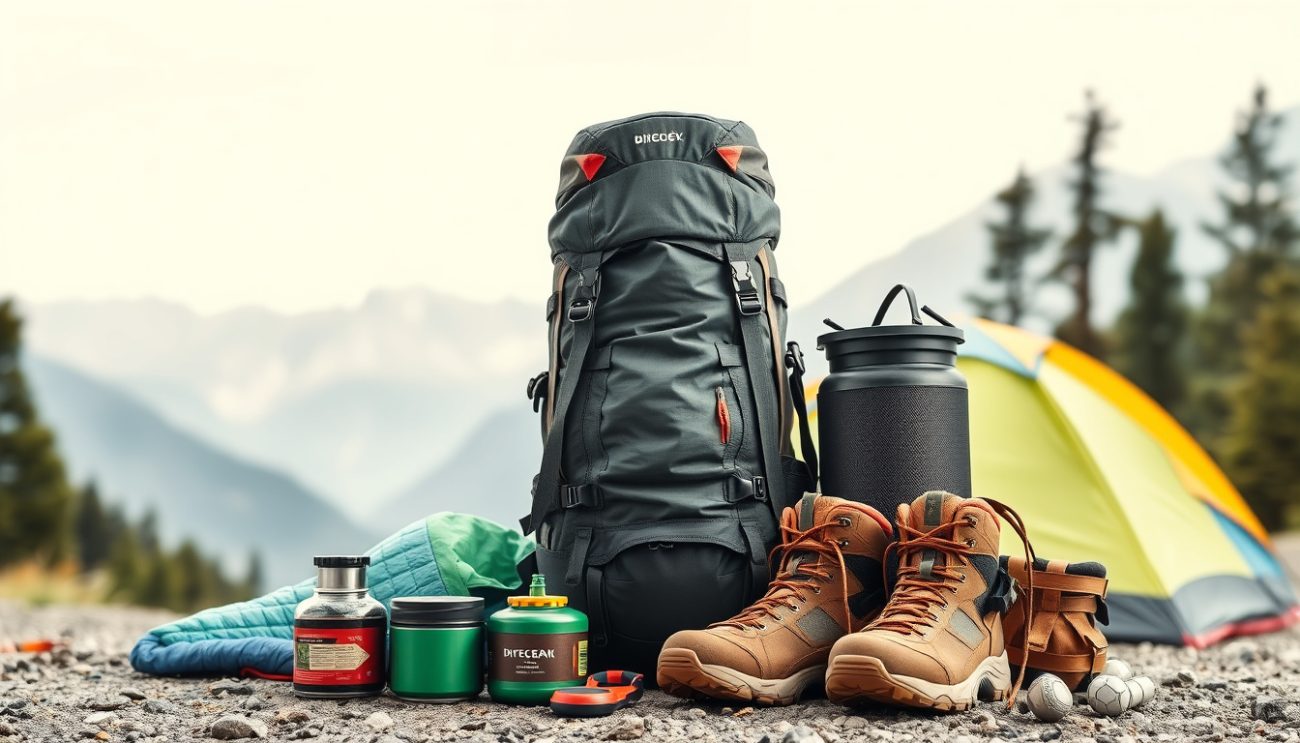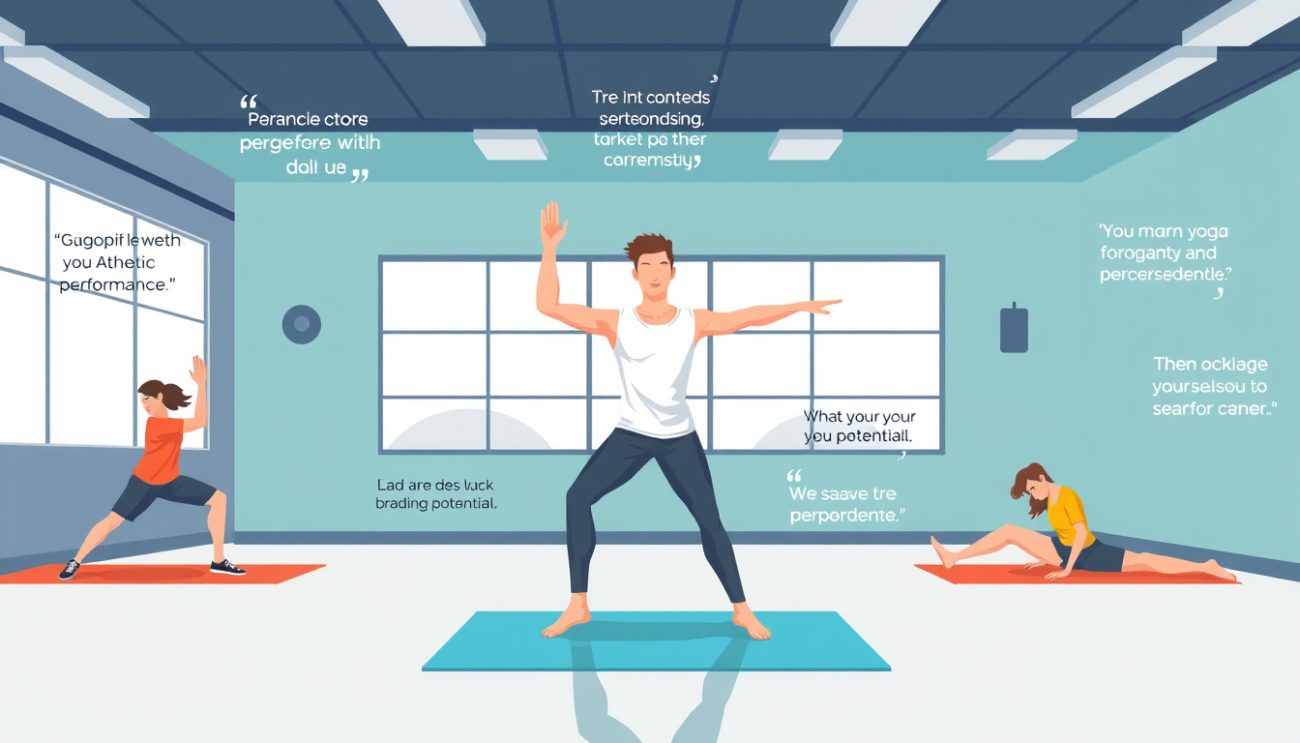Ultimate Guide to Backpacking Gear: Essential Equipment for Your Next Adventure
Backpacking is a thrilling way to explore the outdoors and immerse yourself in nature. But the key to a successful trip lies in having the right gear—equipment that balances weight, functionality, comfort, and durability. This

Backpacking is a thrilling way to explore the outdoors and immerse yourself in nature. But the key to a successful trip lies in having the right gear—equipment that balances weight, functionality, comfort, and durability. This ultimate guide synthesizes insights and recommendations from leading backpacking experts and seasoned hikers to help you assemble your essential backpacking gear kit for 2025 and beyond.

1. Backpack: Your Basecamp on the Trail
The backpack is the heart of your gear setup—it carries everything. Choosing the right one depends on the length of your trip, load requirements, and comfort preferences.
-
Recommended Models:
- Osprey Atmos AG 65 / Aura AG 65: Renowned for their Anti-Gravity suspension systems that distribute weight efficiently. These packs balance capacity and comfort, weighing about 4 lbs 11 oz.
- Granite Gear Blaze 60: Best weight-to-performance ratio at 3 lbs 4 oz. Ideal for those prioritizing weight savings.
- Hyperlite Mountain Gear 3400 Windrider: A top ultralight option (1 lb 15 oz) featuring durable, waterproof Dyneema fabric and capacity for up to 35 lbs.
- Osprey Aura LT 65: Preferred by backpackers who need lumbar support and padded straps to reduce back pain; weighs 3 lbs 6 oz.
-
Pack Protection Tips:
- Use waterproof pack liners (e.g., Nylofume or Zenbivy) to keep clothes and sleeping gear dry.
- Employ a rain cover for external pack protection during wet conditions.
2. Shelter: Tents for Quality Sleep and Weather Protection
A reliable tent provides shelter, warmth, and storage for gear. Depending on your style and budget, options range from ultralight single-wall tents to sturdy double-wall shelters.
-
Best Picks:
- Slingfin 2Lite: Freestanding two-door shelter pitched using trekking poles, weighing 2 lbs 10 oz.
- MSR Freelite 2: Ultralight and spacious for two at just 2 lbs.
- Big Agnes Copper Spur HV UL2: Excels in livability and features with double doors and spacious vestibules, weighing 2 lbs 11 oz.
- Durston X-Dome 1+: Popular one-person freestanding tent with polyester fabric designed to resist sagging and moisture absorption (2 lbs 6 oz).
- Gossamer Gear The One: Ultra-affordable ultralight single-wall tent (1 lb 6 oz) for minimalist backpacking.
-
Additional Shelter Gear:
- Portable tent stakes like MSR Mini Groundhogs offer superior hold while being lightweight.
- A tent footprint protects the floor; Polycryo footprints are ultra-light and durable.
3. Sleep System: Rest is Essential
Comfortable sleep ensures energy for your daily hikes. Sleeping bags, quilts, or hybrid systems should match the expected temperature conditions and pack weight considerations.
- Top Recommendations:
- Zenbivy Light Bed: Innovative quilt and sleeping pad combination offering excellent draft protection.
- Feathered Friends Hummingbird UL 30: Lightweight down bag optimized for comfort and warmth (about 1 lb 5 oz).
- Therm-a-Rest Hyperion: Ultralight sleeping bag known for compactness and warmth.
- Kelty Cosmic Synthetic 20: Budget-friendly synthetic option, heavier but reliable.
4. Footwear: Support and Traction
Footwear comfort can make or break your trip. Choose based on terrain, weather, and personal preference for shoes or boots.
- Highly Rated Models:
- Altra Olympus 275: Trail runners with high cushion, wide toe box, and quick drying.
- Altra Lone Peak 9+: Lightweight trail shoes offering grip and stability.
- Danner Trail 2650: Lightweight hiking shoes with durability.
- Scarpa Rush Mid GTX: Waterproof mid-height backpacking boots for rough terrain.
- La Sportiva TX3: Breathable and sticky approach shoes ideal for mixed terrain.
- Oboz Katabatic Mid Waterproof: Great value with waterproof capabilities and durable construction.
5. Essential Gear and Tools
Hydration & Water Treatment
- Use a reliable water filter system, such as the Sawyer Squeeze paired with a collapsible CNOC water bag.
- Carry backup water purification tablets for emergencies.
- Always carry sufficient water capacity; hydration reservoirs and bottles should be durable and easy to access.
Navigation and Communication
- Equip yourself with a GPS device like the Garmin GPSMAP 67i or a smartwatch with GPS (e.g., Garmin Enduro 3).
- Download offline maps using apps such as Organic Maps for reliable navigation.
- For emergencies, consider satellite messengers like the Garmin inReach Mini 2.
Lighting
- A lightweight, USB-rechargeable headlamp such as the Nitecore NU25 provides essential illumination without complexity.
Trekking Poles
- Carbon-fiber poles with cork grips, such as Black Diamond Alpine Carbon Cork, provide comfort and durability for ascents, descents, and rough terrain.
Cooking and Food Storage
- Carry lightweight cooking gear appropriate for your trip duration.
- Use bear-resistant containers or methods as required.
- Pack nutritionally dense snacks like nut and fruit trail mix or energy bars for quick energy.
Safety and Emergency
- Carry a compact first aid kit and basic survival tools, including a quality knife with fire starter and whistle.
- Consider carrying a breathable emergency bivvy for unexpected overnight stays.
- Small utilities like duct tape rolls and electrolyte chews can prove invaluable.
6. Clothing: Layer for Comfort and Weather Protection
Packing the right clothing that adapts to variable weather while minimizing weight is crucial.
- Convertible pants such as Sahara Convertible Pants provide flexibility and comfort.
- A breathable yet warm mid-layer, often a cozy hoodie (e.g., Outdoor Research Echo Hoodie), adds necessary insulation and safety visibility.
- Quality hiking socks (Darn Tough line is highly recommended) prevent blisters and improve foot comfort.
- Always carry rain protection like jackets and rain pants appropriate to conditions.
Final Tips for Choosing Backpacking Gear
- Prioritize Balance: Gear choice is often about balancing weight, comfort, and cost. Ultralight gear tends to be more expensive but eases your load on long hikes.
- Consider Trip Conditions: Tailor your gear to the season and expected weather. You may not need the same gear for summer hikes as you do for cooler or wet conditions.
- Quality Over Quantity: Invest in reliable gear designed for rugged outdoor use to avoid failures on the trail.
- Test Your Gear: Before your adventure, use and familiarize yourself with all gear components to ensure they meet your needs.
Packing the right backpacking gear can significantly enhance your outdoor experience, making each trail accessible, fun, and safe. Whether you’re a novice or seasoned backpacker, this guide offers a comprehensive overview to help you choose the best essential equipment for your next adventure.
Happy trails!



